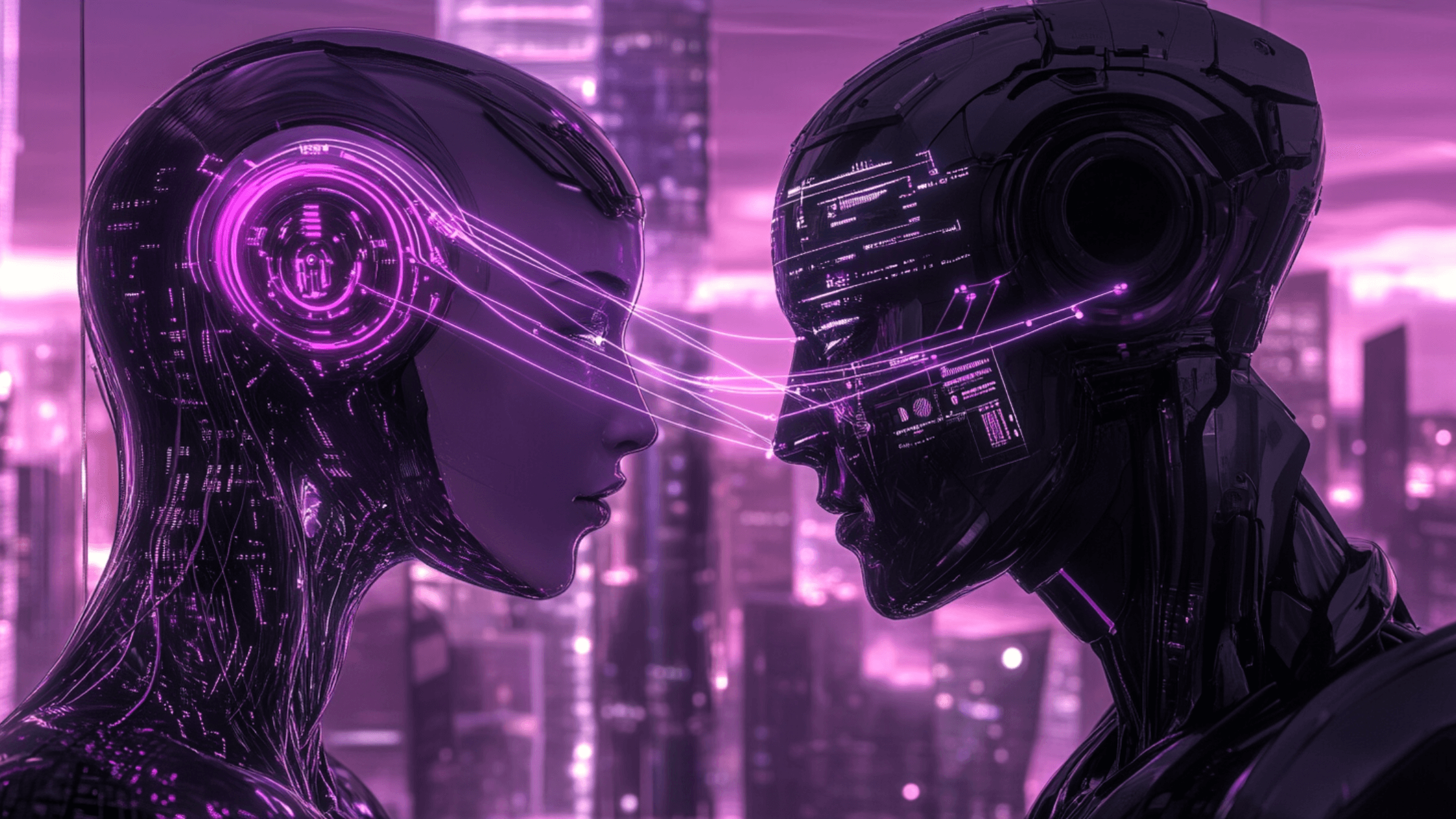It’s been close to 1.5 years since ChatGPT 3.5 was launched, which is what I consider to be the infliction point for the AI industry. Before, people were still skeptical about the potential implications, with some rubbing it off as yet another hype, such as AR/VR, Crypto (YES! I’m declaring it a hype). Fast forward to today, and with newer and faster models coming up every month or two, we’re seeing the emergence of a new wave of products.
These products can broadly be categorized into:
- Products with AI-enabled features
- AI as the core offering
Initially, existing enterprises and startups rushed to add a “.ai” suffix to their product names and domains, with a few having literally no AI in their product—yeah, not even a vanilla LLM! While some have managed to slap on an LLM chatbot and call their product AI-driven, a few have looked at the problems from the ground up and have come up with solutions that would otherwise not have been possible to create just a year ago!
The perspective on these products is shifting: from anticipation to awe, and in some cases, disappointment. A lot of these products didn’t live up to the hype they created and many of them turned out to be just ChatGPT wrappers—yes, I’m looking at you, Rabbit R1. When the dust finally settles and the AI-washing becomes apparent (and hopefully embarrassing for some), I believe the AI wave will truly change the products we use; some will become irrelevant while the incumbents will be challenged by rising stars (ChatGPT search and Perplexity are already giving Google a tough time).
AI as the Core Offering
Tools that are used to build AI-driven products were probably the fastest to adopt, such as AWS, Google Cloud. A large number of startups are still just out there to create the bedrock on which other companies will build AI tools.
Let’s look at some of the ways AI startups are coming up, sometimes just to serve as building blocks for other AI-based startups!
AI Hardware:
During a gold rush, sell shovels—nothing describes NVIDIA better than this. They did this successfully during the crypto era, and they have doubled down this time around with AI, becoming the world's largest company at some point (it’s still at #3 at the time of writing this).
Foundational Models:
The most difficult, cost intensive and complex problem to tackle. Only a handful of companies have been able to crack this, some of them being OpenAI (ChatGPT), Google (VertexAI), Meta (llama), Mistral, and Claude (Antrophic).
Fine-Tuned Models:
As the foundational models are very broad, there are companies that will fine-tune these models to suit particular domains such as healthcare, legal, finance, and more. Other products use these models to build products on top of them.
AI on the Cloud:
Then there are tools (like Fireworks.AI) that let you use these models on the cloud. Think AIOps taken out of the picture so that businesses focus on what needs to be built. While OpenAI and Google’s models can be used on their platforms alone, there are tools that let you use the other open source models on their own hardware while you pay them as per your use.
AI as a Service:
Finally, we have a broad range of startups that help other products build AI agents (CrewAI), deploy, train and perform inference on your AI models cheaply, and a lot more.
AI-enabled Development IDE:
Tools like cursor help to develop products using AI quickly and reduce the time to market, improving efficiency and accuracy.
And then we finally come to products that have a core AI offering such as:
AI Chatbots:
Products that help you develop and deploy AI chatbots with little to no coding knowledge required
AI Image Generators:
Midjourney, Adobe Firefly, and a few others are now able to come up with hyper-realistic images that were simply inconceivable just two years ago.
AI Image/Video Editors:
Tools like Opus help to edit videos quickly, automating tasks such as adding b-roll, adding subtitles, editing out unimportant parts of a video, etc.
AI Assistants:
ChatGPT, Gemini, and Perplexity have become an integral part of day-to-day work for millions of people around the world, helping people (re)write emails, documents, and more.
The above 4 are just the tip of the iceberg and it wouldn’t be possible to realistically fit in all the types of products that businesses around the globe have come up with.
As AI becomes more deeply integrated into these core offerings, challenges such as data privacy, ethical considerations, and the need for constant innovation will likely shape the trajectory of these products. The companies that navigate these complexities successfully will set the stage for the next era of AI-driven solutions.
Suggested Read
Building Smarter MVPs: Using AI to Validate, Design, and Launch Faster
View Blog
Products with AI-enabled features
Let’s talk about how existing products are embracing this AI wave, big and small.
Zapier, for instance, integrated AI into its automation workflows; you can go and search for what you aim to accomplish and using an LLM, it would create an entire Zap, even integrating multiple steps at some places.
Similarly, Shopify’s AI-driven product recommendations have been shown to increase conversion rates, and even having their backend admin integrate LLMs so that it can respond to your queries, apply filters and segmentations, etc. in natural language.
Conclusion
As the landscape continues to evolve, a whole new ecosystem of products and services will come into play—many times at the cost of existing ones such as call centers, translation services, support agents, etc.
I believe that the rate of AI improvement will slowly decrease over time and when the dust will finally settle, the ecosystem will become more refined and consolidated, and new players will finally have a fighting chance as opposed to the last decade of the power concentration in the hands of a few incumbents.






